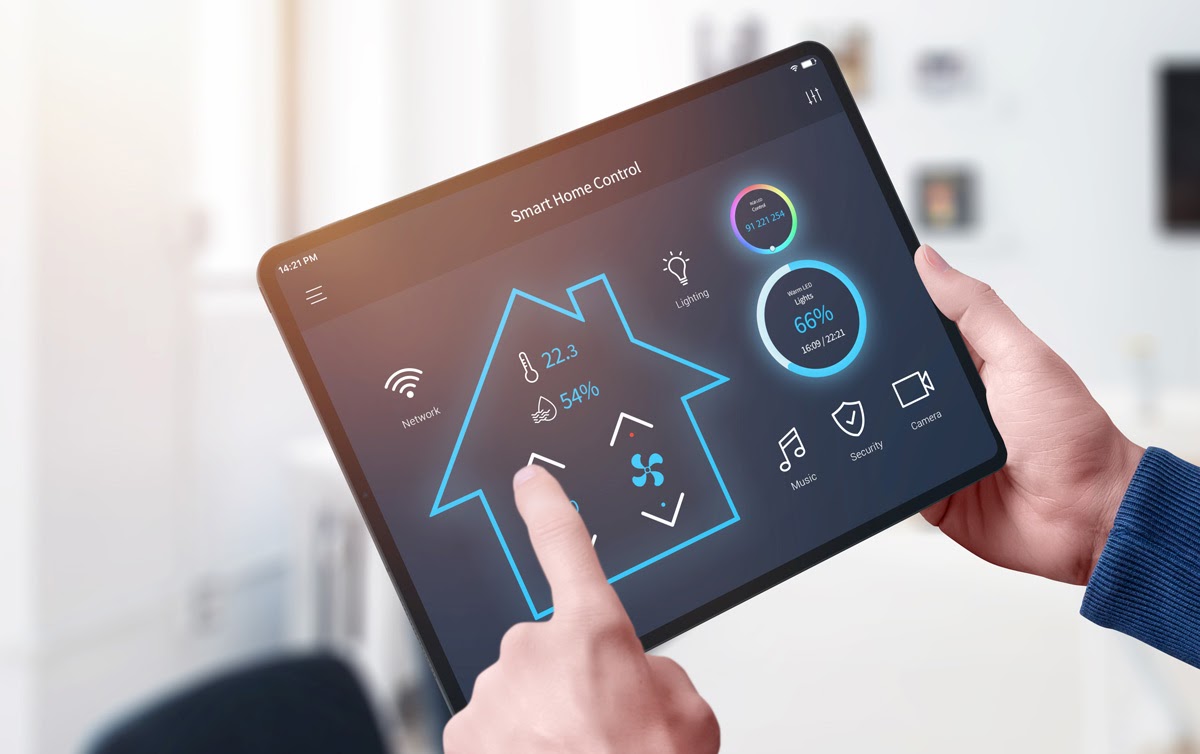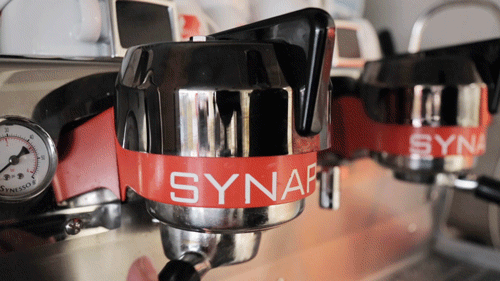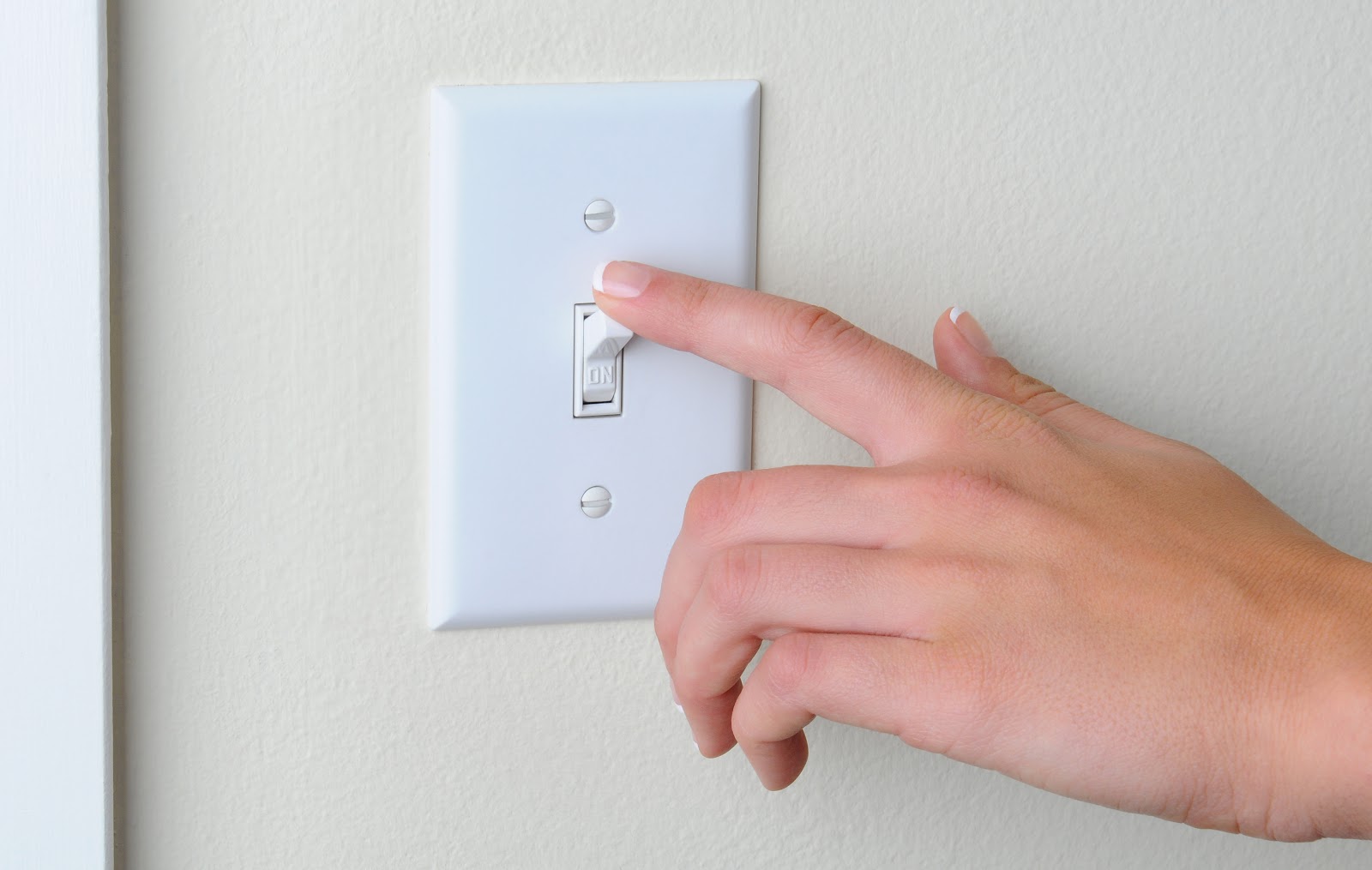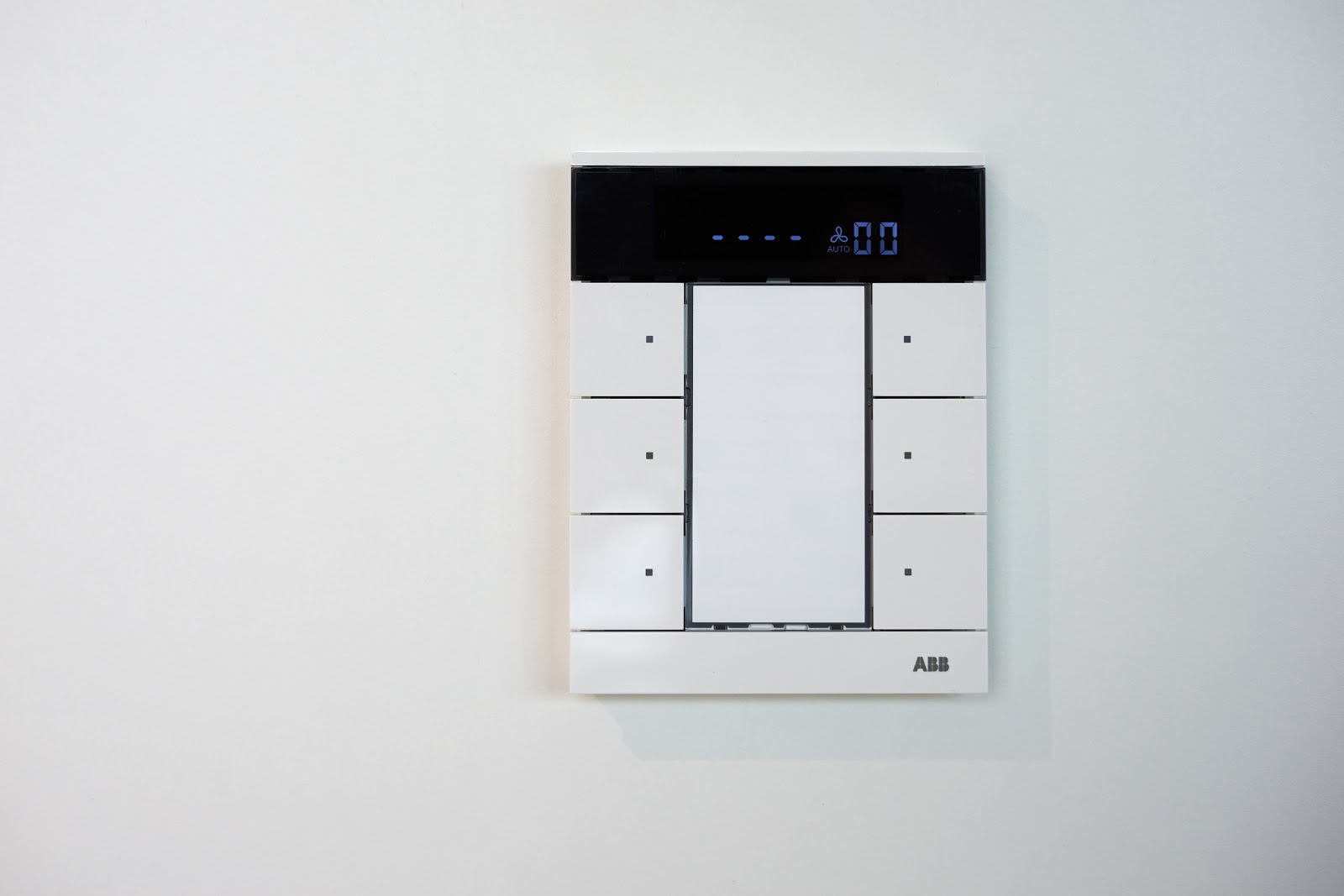We are huge believers in the promise of technology trends in smart, connected devices, from AI-enabled home automation systems that learn our daily routines, to predictive maintenance of industrial machinery. Connectivity harnesses the power of cloud computing, expands utility to users, enables rich user interfaces via companion mobile or web apps, and provides remote monitoring and control.

We are also fans of beautiful, well-designed products that function reliably without connectivity, like Synesso’s MVP Hydra commercial espresso machine. Not only did Synesso obsess over ensuring that their system could deliver water to a basket of espresso at a precisely specified temperature and pressure profile, they cared deeply about the look and feel of the paddle switches used by baristas to control brewing of coffee for up to three customers simultaneously. They recognized the importance of the physical user interface and as a result, the relationship an experienced barista has with one of these machines in a busy coffee shop is like that of a musician with their instrument.

The physical experience of a product has a huge influence over our attachment to it.
The physical experience of a product—not just the static aspects of ergonomics, form, and feel of the materials, but also the dynamic tactile experience of the physical controls—has a huge influence over our attachment to it. Apple knew this when they designed the click-wheel interface of the first iPods, just as car manufacturers know the importance of the feel and sound of a car door closing. But designers of non-digital products have known these principles for decades. Just think of your favorite products around the home, from kitchen appliances to power tools to shower valves. We intuitively know that the appearance and the tactile feel of a well-designed physical control makes a big difference in ease-of-use, productivity, and emotional experience of a product. Even the humble light switch can be frustrating, or can spark a tiny bit of joy, depending on whether it feels flimsy or it has weight and positive feedback when thrown.
Physical Controls in a Connected World
But in considering our appreciation for fantastic design, we’ve also observed that when a traditional product like a light switch is re-designed to be connected, often its physical user interface suffers. There are myriad explanations behind this trend, a main one being that connectivity enables many more features, and a simple switch or knob can’t support the density of interface controls needed. But a more fundamental reason is that even for a single function, being connected means that users can control the device digitally as well as physically.
We’ve observed that when a traditional product like a light switch is redesigned to be connected, often its physical user interface suffers.

Physical buttons, switches, knobs, and such are usually not just input devices: their physical position also tells the user the state of the function they control. We expect that a light switch in the “up” position means that the light is on (more on this later). We also expect that if a room is dark, we can easily throw the switch up to turn the light on. We expect the state of the system and the position of the physical control to be coherent.
We expect the state of the system and the position of the physical control to be coherent.
When a device is connected, its functions gain redundant modalities of control, and when a function is controlled digitally, state-position coherence is violated. The response to this has been, in the majority of cases, to replace stateful physical interfaces with stateless ones—for example, momentary buttons and switches, and often touchscreens. These are low-risk, straightforward, inexpensive solutions to the problem, but they require us to sacrifice the decades of product design experience that can make a product joyful to use for the added benefits (and sometimes headaches) of IoT functionality.

As product design consultants and engineers, we work with our clients to explore this tradeoff and make the best possible choice for their users and their business. But as technologists, we also are asking ourselves the question, to what degree are these tradeoffs truly necessary.
…as technologists, we also are asking ourselves the question, to what degree are these tradeoffs truly necessary.
Reactive Physical Control Interfaces (RPCIs)
We recently built a prototype of an AI-enabled cooktop that can be controlled by voice input, augmented by having the system understand where the user is looking. Cooktops are great examples of products that people spend a lot of time with, and users don’t just appreciate the ability of the burners to supply heat, but also the industrial design in general and the physical controls in particular. But, adding voice control is another form of redundant modalities—if a burner is turned off with a voice command, the corresponding knob will no longer reflect its state.
True to form, many connected cooktops have worked around the redundant modalities issue by replacing physical knobs with stateless buttons and touchscreens. We chose to instead explore the idea that the knobs could be motorized and self-actuate in response to a burner being controlled by a secondary modality.
We’ve chosen to refer to this approach as “reactive physical control interfaces”—physical controls that react when their function is controlled by digital means. The engineers in our Natural UI Lab have been exploring the use of mechatronics to revive the analog nature of our control interfaces.
Bring Back Physical Controls
We think it’s important that digital interfaces can maintain the benefits of their analog forebears. Like most, we enjoy evenings cozied up on the couch with the next episode of Tiger King, where we have felt pretty old fashioned GETTING UP OFF THE COUCH to dim the lights in our living room. It would be nice to pull out a phone to set the mood from the warmth of a comfy blanket, or better yet ask Alexa to do it for us. All it takes these days to make that a reality is a drop-in replacement digital light switch and a hub for less than $100 cost of entry. But for many of us, the reason we don’t is that to gain the benefits of a smart light switch we have to sacrifice the simplicity and intuitive use of an analog switch. Analog light switches are some of the most intuitive user interfaces around, but the digital ones are still lacking.
The main downside of reactive physical control interfaces is that they are more expensive and complicated to design. For many product categories, consumer expectations mean that these concerns will dominate; but we’ve also seen a strong trend in consumer appreciation—and willingness to pay—for good design. We’ve also been considering how we can use our electromechanical design experience to enable good design while keeping costs relatively low.
This means that product strategists and designers should not discard the principles of physical controls and tactile user experience out of hand when designing a connected product. RPCIs represent a step towards bringing the power of IoT to products, without sacrificing the joy of a solid physical user experience.

